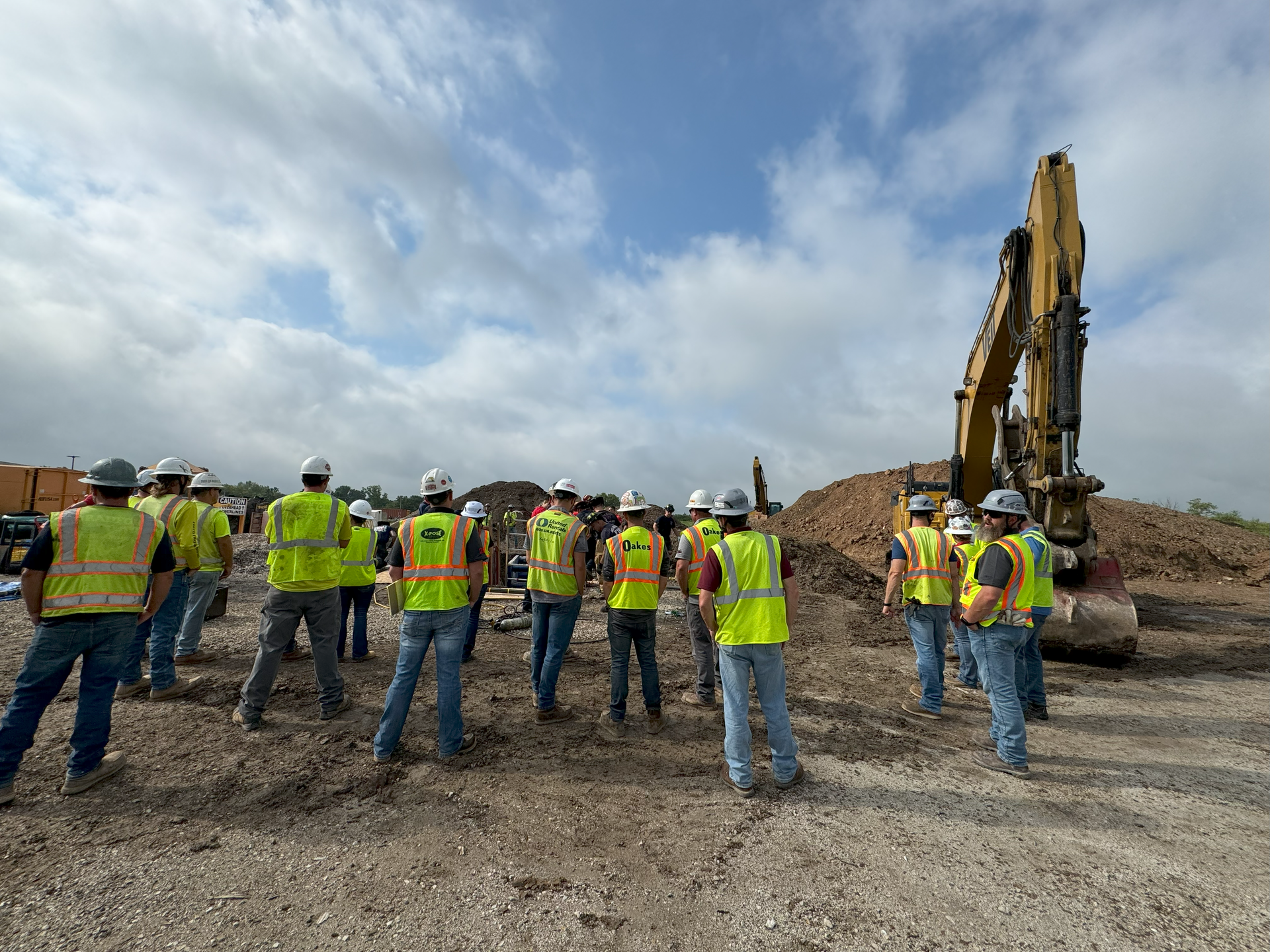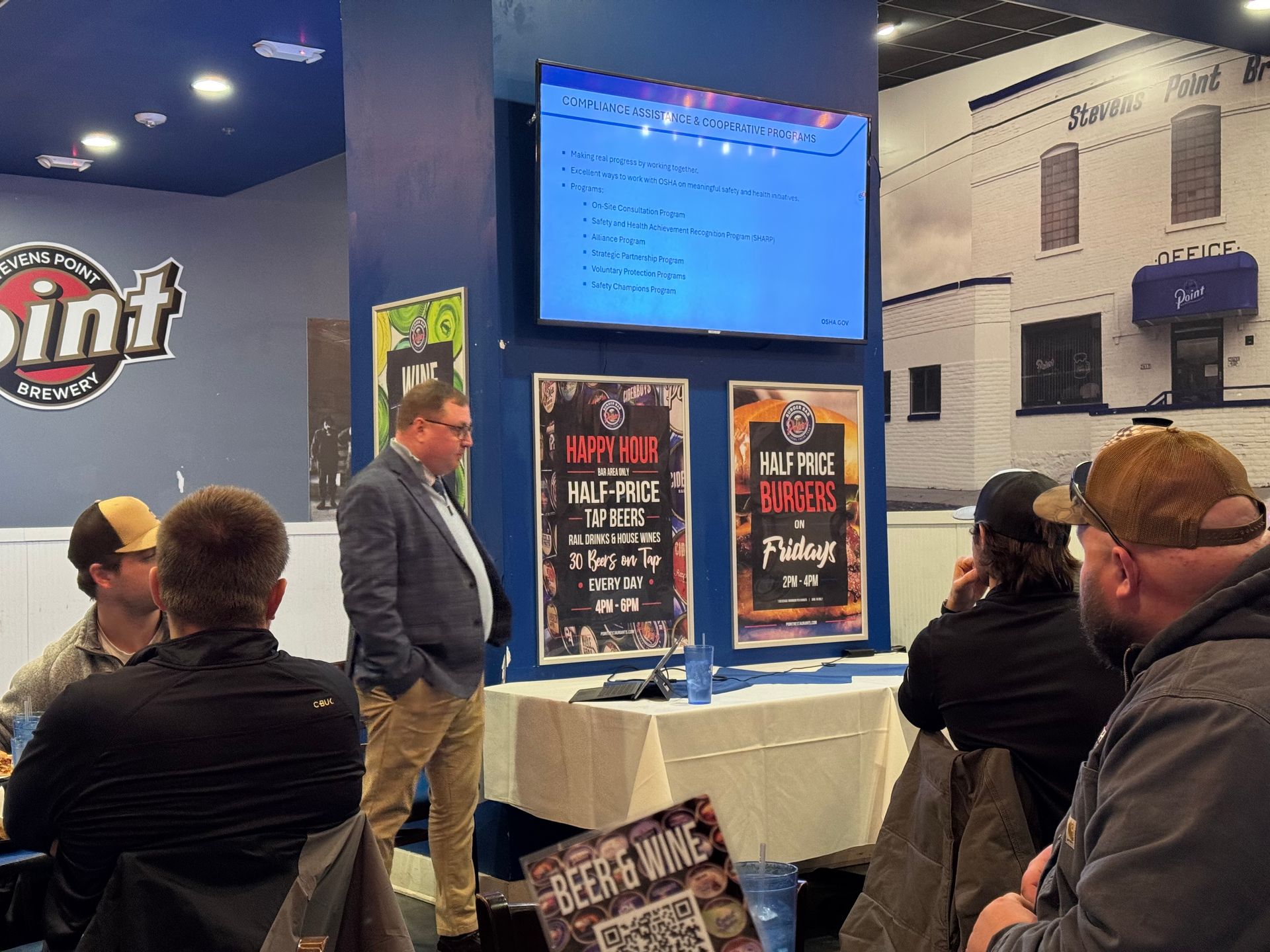WUCA Celebrates Construction Safety Week 2025
May 5, 2025
Safety is not just a priority in underground construction—it is the foundation upon which our entire industry stands. At WUCA, we are proud to represent members who embody the highest standards of safety and quality, ensuring that every project is completed with care, precision, and the well-being of all workers in mind.
As we join the construction community in observing Construction Safety Week, we want to shine a light on the remarkable efforts of our members who are setting the bar for safety practices in underground infrastructure.
A Culture of Safety: From Policy to Practice
For our members, safety is more than compliance—it is a culture deeply rooted in every aspect of their operations. This commitment is evident in:
- Investment in Training: Many of our members lead the way by providing comprehensive training programs for their teams. From OSHA certifications to specialized trench safety courses, they ensure that workers are equipped with the knowledge and skills to stay safe on the job.
- Innovative Safety Solutions: The underground construction industry faces unique risks, but our members rise to the challenge by adopting cutting-edge technologies such as trenchless equipment, advanced monitoring systems, and reinforced protective gear.
- Community Engagement: Safety doesn't end at the jobsite. By participating in community safety initiatives and collaborating with organizations like the Damage Prevention Council, our members demonstrate a broader commitment to protecting the public and the environment.
Celebrating Safety Achievements
One shining example of this dedication is the ongoing success of the WUCA Safety Committee. Through events like our recent Jobsite Security and Video Surveillance seminar, we continue to provide members with resources and education to address evolving challenges in workplace safety.
We also take great pride in our annual safety awards, which recognize members who demonstrate an outstanding commitment to safety on Wisconsin jobsites. By celebrating contractors who have achieved milestones such as injury-free workdays, innovative project designs that reduce hazards, and leadership in safety advocacy, we highlight their efforts to maintain the highest safety standards and their role in promoting a culture of accountability and care in the industry.
The Future of Safety in Underground Construction
As the underground construction industry evolves, so too does our commitment to safety. From leveraging new technologies to advocating for stronger safety regulations, WUCA and its members are working together to ensure that the standard below ground remains uncompromising.
Join Us in Honoring Safety Excellence
Construction Safety Week is an opportunity to reflect on what matters most: the lives and well-being of the individuals who power this industry. Join us in celebrating the outstanding safety practices of our members, and let’s continue to build a culture where safety and quality go hand in hand.
Together, we are not just setting the standard below ground—we’re redefining it.





